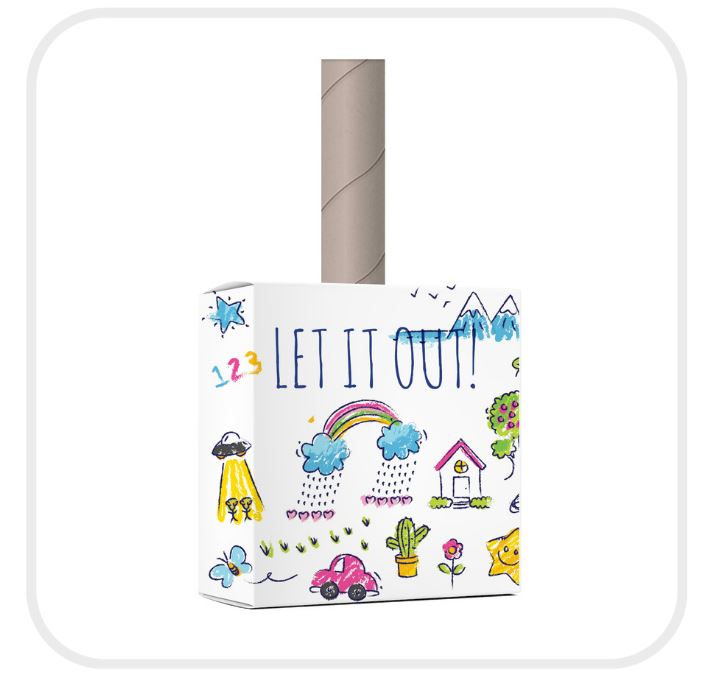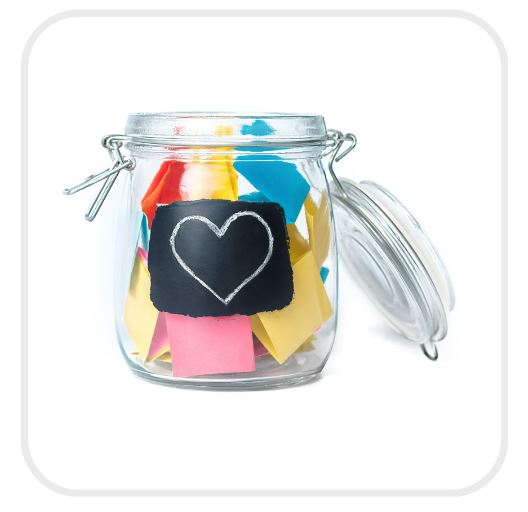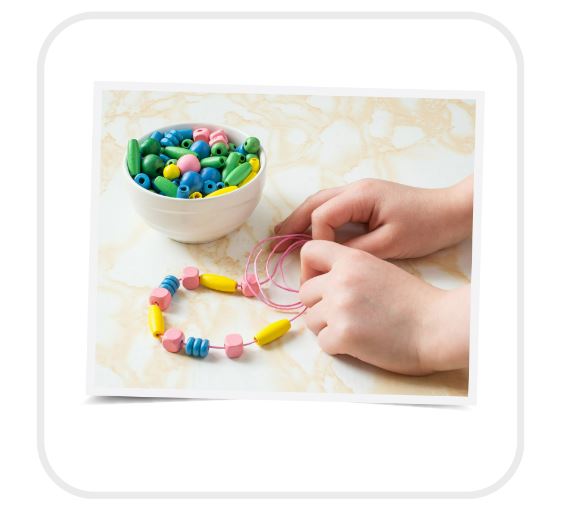After the death of a loved one, you may experience many changes in your mental and emotional state of mind. Grief affects the brain in many ways, causing changes in memory, behaviour, sleep, and body function2
Completing routine or simple tasks may seem overwhelming, impossible or might take longer than usual. When you are grieving, your brain is overloaded with thoughts and your memory, concentration, and cognition are all affected, leaving little room for everyday tasks. Grief has such a powerful effect on us, it rewires the brain.
What is grief?
Grief is a natural response to loss, and it is a normal protective process2. Grief involves our emotions, thoughts, behaviours, and physiology. You can experience grief in relation to the death of a loved one (called bereavement) but you can also grief in relation to change and loss, such as grief after a significant relationship ends, or grief after changes to your role in life, such as retirement.
Grief can also lead to cognitive impacts, such as brain fog. So, lots of different parts of the brain are orchestrating this experience that we have when we feel grief 1
What is happening to the brain during grief?
In response to traumatic events like the death of a loved one, the brain creates connections between nerves and strengthens or weakens existing connections depending on the duration and degree of the emotional response2
A process called neuroplasticity occurs, whereby the brain rewires itself in response to emotional trauma, which has profound effects on the brain, mind and body 2 After a loss, the body releases hormones and chemicals reminiscent of a “fight, flight or freeze” response. The pathways you relied on for most of your life take some massive, but mostly temporary, detours and the brain prioritizes the most primitive functions.
The brain regions affected by grief3
- The prefrontal cortex – The decision-making, reasoning and control part of the brain becomes underactive. The limbic system, which is all about survival, takes over.
- The anterior cingulate cortex – The emotional regulation part of the brain becomes underactive
- The amygdala – The fear part of the brain becomes overactive
Create reasonable expectations
It is important to be gentle and patient with yourself during this time. It may be unreasonable or impossible to expect to complete your normal tasks as you did before your loved one died. Be mindful about setting reasonable expectations and build form there.
When you can complete a task, give yourself a pat on the back and recognise it as a step towards healing. If large tasks are overwhelming, break them into smaller, more manageable chunks. You may also need to rely on strategies such as visual reminders, checklists, calendars and other supports, while your memory takes time to recover.
Healthy brain rewiring
Grief can reinforce brain wiring that effectively locks the brain in a permanent stress response. To promote healthy rewiring, you need to break the cycle. This can involve a whole range of creative and contemplative practices, from painting, to meditation, positive affirmations, or expressions of faith.
Aim small by accomplishing tiny goals which will offer you enough of a dopamine kick to reinforce behaviours. Also, remember that anything is better than nothing. If you find yourself stuck in the stress response, or find yourself avoiding things, consider getting help from a mental (https://psychology.org.au/find-a-psychologist), who can help you reframe your negative thoughts and find ways to cope with stress in healthy ways.
Even though grief has an effect on the brain, it may be helpful to follow strategies to help you navigate your way to a new normal. Feel the Magic offers grief education programs, camps and resources to help grieving children heal. Click here to enquire now.
References
1 Shear, K. M (2012) Grief and mourning gone awry: pathway and course of complicated grief, Dialogues in Clinical Neuroscience, 14:2, 119-128, DOI: 10.31887/DCNS.2012.14.2/mshear
2Shulman, L. M. (2021, September 29). Healing Your Brain After Loss: How Grief Rewires the Brain. Retrieved April 18, 2023, from https://www.americanbrainfoundation.org/how-tragedy-affects-the-brain/.
3Silva, A. C., de Oliveira Ribeiro, N. P., de Mello Schier, A. R., Arias-Carrión, O., Paes, F., Nardi, A. E., Machado, S., & Pessoa, T. M. (2014). Neurological aspects of grief. CNS & neurological disorders drug targets, 13(6), 930–936. https://doi.org/10.2174/1871527313666140612120018





















